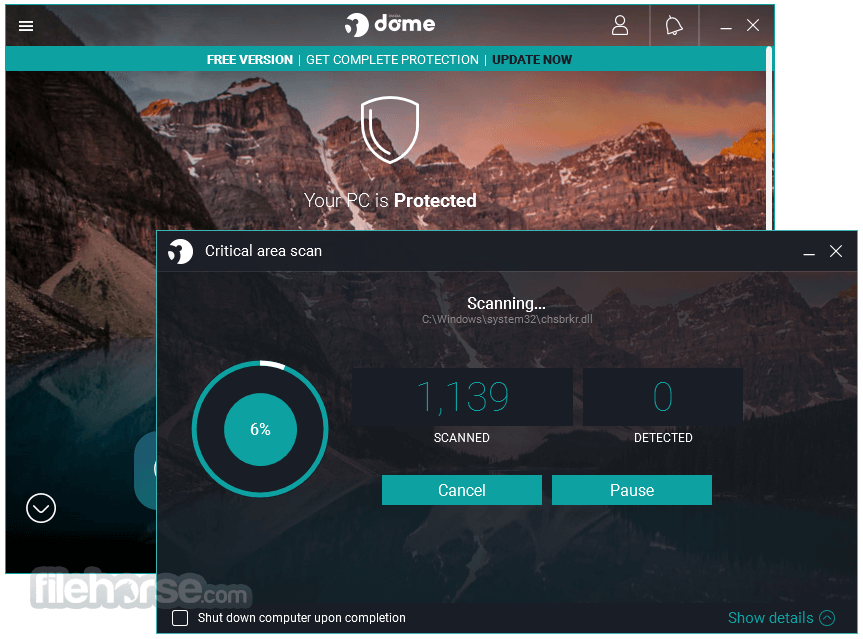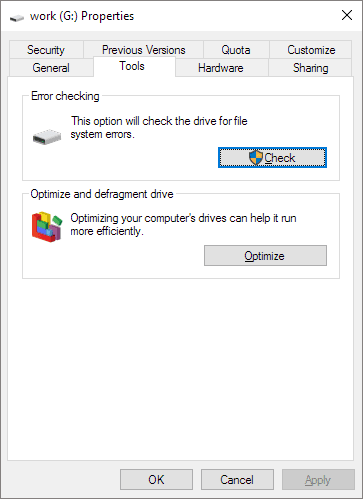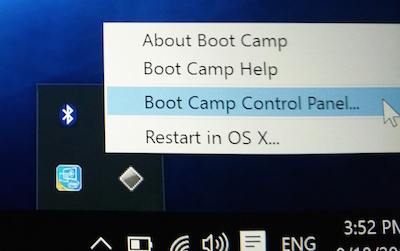File System For Mac Usb

File System For Mac Os
| Stable release | |
|---|---|
| Repository | |
| Written in | C |
| Operating system | Unix, Unix-like |
| Type | |
| License | GPL for kernel part, LGPL for Libfuse, Simplified BSD on FreeBSD, ISC license on OpenBSD |
| Website | github.com/libfuse/libfuse |
Filesystem in Userspace (FUSE) is a software interface for Unix and Unix-like computer operating systems that lets non-privileged users create their own file systems without editing kernel code. This is achieved by running file system code in user space while the FUSE module provides only a 'bridge' to the actual kernel interfaces.
FUSE is available for Linux, FreeBSD, OpenBSD, NetBSD (as puffs), OpenSolaris, Minix 3, Android and macOS.[2]
FUSE is free software originally released under the terms of the GNU General Public License and the GNU Lesser General Public License.
History[edit]
- Nov 18, 2017 Choosing a File Format System in Mac. The increased use of the USB drive means that it is probably the most popular of storing data and media. Many users share and distribute files through a USB drive. However, this highlights the need for file system compatibility since so many people are using it.
- It replaced the Hierarchical File System HFS as the primary file system of Apple computers with the 1998 release of Mac OS 8.1.HFS+ continued as the primary Mac OS X file system until it was itself replaced with the release of the Apple File System APFS with macOS High Sierra in 2017.
Another reason why you need a USB is, installing an operating system with USB is much easier and quicker. These are also some other common reasons why do we need a USB. Some of them are, transferring a file or a bunch of files is easier with a USB. USB drives are like a backup drive of the files or documents that you have in.
The FUSE system was originally part of AVFS (A Virtual Filesystem), a filesystem implementation heavily influenced by the translator concept of the GNU Hurd.[3] It superseded Linux Userland Filesystem, and provided a translational interface using lufis in libfuse1.
FUSE was originally released under the terms of the GNU General Public License and the GNU Lesser General Public License, later also reimplemented as part of the FreeBSD base system[4] and released under the terms of Simplified BSD license. An ISC-licensed re-implementation by Sylvestre Gallon was released in March 2013,[5] and incorporated into OpenBSD in June 2013.[6]
FUSE was merged into the mainstream Linux kernel tree in kernel version 2.6.14.[7]
The userspace side of FUSE, the libfuse library, generally followed the pace of Linux kernel development while maintaining 'best effort' compatibility with BSD descendants. This is possible because the kernel FUSE reports its own 'feature levels', or versions. The exception is the FUSE fork for macOS, OSXFUSE, which has too many exceptions for sharing a library.[8] A break in libfuse history is libfuse3, which includes some incompatible improvements in the interface and performance, compared to the older libfuse2 now under maintenance mode.[9]
As the kernel-userspace protocol of FUSE is versioned and public, a programmer can choose to use a different piece of code in place of libfuse and still communicate with the kernel's FUSE facilities. On the other hand, libfuse and its many ports provide a portable high-level interface that may be implemented on a system without a 'FUSE' facility.
Operation and usage[edit]
To implement a new file system, a handler program linked to the supplied libfuse library needs to be written. The main purpose of this program is to specify how the file system is to respond to read/write/stat requests. The program is also used to mount the new file system. At the time the file system is mounted, the handler is registered with the kernel. If a user now issues read/write/stat requests for this newly mounted file system, the kernel forwards these IO-requests to the handler and then sends the handler's response back to the user.
fusermount commandFUSE is particularly useful for writing virtual file systems. Unlike traditional file systems that essentially work with data on mass storage, virtual filesystems don't actually store data themselves. They act as a view or translation of an existing file system or storage device.
In principle, any resource available to a FUSE implementation can be exported as a file system.
Applications[edit]
On-disk file systems[edit]
Conventional on-disk file systems can be implemented in user space with FUSE, e.g. for compatibility or licensing reasons.
- Linear Tape File System: Allows files stored on magnetic tape to be accessed in a similar fashion to those on disk or removable flash drives.
- NTFS-3G and Captive NTFS, allowing access to NTFS filesystems.
Layering file systems[edit]
FUSE filesystems can create a view of an underlying file system, transforming the files in some way.
- EncFS: Encrypted virtual filesystem

Archive and backup file systems[edit]
FUSE filesystems can expose the contents of archives or backup sets without having to first extract them.
- Borg (backup software): Deduplicating backup program that allows backup archives to be mounted as FUSE filesystems.
- Restic: Free, fast, efficient and secure backup software uses FUSE to be able to browse all of your backup snapshots as a regular file system
- SPFS A file system for Spectrum Protect, designed to mount the backup server filespace anywhere on your server, and use the features included from the backup server ( encryption, de-duplication, compression, filtrering etc). This is a WORM file system.
Remote/distributed file system clients[edit]
- CernVM-FS: A distributed read-only software distribution system, implemented as a POSIX filesystem in user space (FUSE) using HTTP transport, to deliver software in a fast and reliable fashion at global scale.
- CloudStore (formerly, Kosmos filesystem): By mounting via FUSE, existing Linux utilities can interact with CloudStore
- ExpanDrive: A commercial filesystem implementing SFTP/FTP/S3/Swift using FUSE
- GlusterFS: Clustered Distributed Filesystem having ability to scale up to several petabytes.
- goofys: A FUSE filesystem that allows access to Amazon S3/Microsoft Azure storage with an emphasis on performance.
- IPFS: A peer-to-peer distributed file system that seeks to connect all computing devices with the same system of files.
- KBFS: A distributed filesystem with end-to-end encryption and a global namespace based on Keybase.io service that uses FUSE to create cryptographically secure file mounts.
- Lustre Cluster filesystem will use FUSE to allow it to run in userspace, so that a FreeBSD port is possible.[10] However, the ZFS-Linux port of Lustre will be running ZFS's DMU (Data Management Unit) in userspace.[11]
- MinFS: MinFS is a fuse driver for Amazon S3 compatible object storage server. MinFS[12] lets you mount a remote bucket (from a S3 compatible object store), as if it were a local directory.
- MooseFS: An open source distributed fault-tolerant file system available on every OS with FUSE implementation (Linux, FreeBSD, NetBSD, OpenSolaris, OS X), able to store petabytes of data spread over several servers visible as one resource.
- ObjectiveFS: Distributed filesystem with object store backend (Amazon S3, Google Cloud Storage or S3-compatible object store) using FUSE
- s3fs: Gives the ability to mount an S3 bucket as if it were a local file system.
- Sector File System: Sector is a distributed file system designed for large amount of commodity computers. Sector uses FUSE to provide a mountable local file system interface.
- SSHFS: Provides access to a remote filesystem through SSH.
- Transmit: A commercial FTP client that also adds the ability to mount WebDAV, SFTP, FTP and Amazon S3 servers as disks in Finder, via MacFUSE.
- WebDrive: A commercial filesystem implementing WebDAV, SFTP, FTP, FTPS and Amazon S3
- WikipediaFS: View and edit Wikipedia articles as if they were real files
- Wuala: Was a multi-platform, Java-based fully OS integrated distributed file system. Using FUSE, MacFUSE and Callback File System respectively for file system integration, in addition to a Java-based app accessible from any Java-enabled web browser (service discontinued in 2015).
Other[edit]
- GVfs: The virtual filesystem for the GNOME desktop
- rvault: A secure and authenticated store for secrets and small documents using envelope encryption with one-time password (OTP) authentication. It uses FUSE to expose the vault as a file system.
- EmojiFS: A FUSE filesystem that allows you to manipulate custom emojis on your various Slacks and Discords.


See also[edit]
- PUFFS, a similar framework with FUSE compatibility
- Dokan Library FUSE Windows compatibility

File System For Mac Usb Flash Drive
References[edit]
- ^'Releases - libfuse/libfuse'. Retrieved 31 Oct 2019 – via GitHub.
- ^'Home - FUSE for OS X'.
- ^'Some technical advantages of the Hurd'. May 15, 2011. Retrieved March 28, 2016.
- ^'WhatsNew/FreeBSD10 - FreeBSD Wiki'.
- ^'openbsd dev - tech - Fuse (and sshfs) support for OpenBSD'.
- ^''CVS: cvs.openbsd.org: src' - MARC'.
- ^'file-systems.fuse.devel - FUSE merged to 2.6.14! - msg#00021 - Recent Discussion OSDir.com'. Archived from the original on 2016-04-20.
- ^'libfuse/libfuse, the reference implementation of the Linux FUSE (Filesystem in Userspace) interface'. libfuse. 9 January 2020. Retrieved 9 January 2020.
- ^'libfuse3 ChangeLog'. GitHub. Retrieved 9 January 2020.
- ^'Lustre FreeBSD'. Archived from the original on 2008-03-12. Retrieved 2008-03-02.
- ^'Architecture ZFS for Lustre'. Sun Microsystems. Retrieved 2008-03-02.
- ^'minio/minfs'. GitHub. Retrieved 12 April 2018.
External links[edit]
- Develop your own filesystem with FUSE by Sumit Singh
- Documentation/filesystems/fuse.txt documentation in Linux source tree
- WinFSP, a FUSE-like system for Windows (a FUSE compatibility layer is provided for Cygwin)
- Crossmeta FUSE, Port of FUSE to Windows (commercial software)
Apple File System Mac
